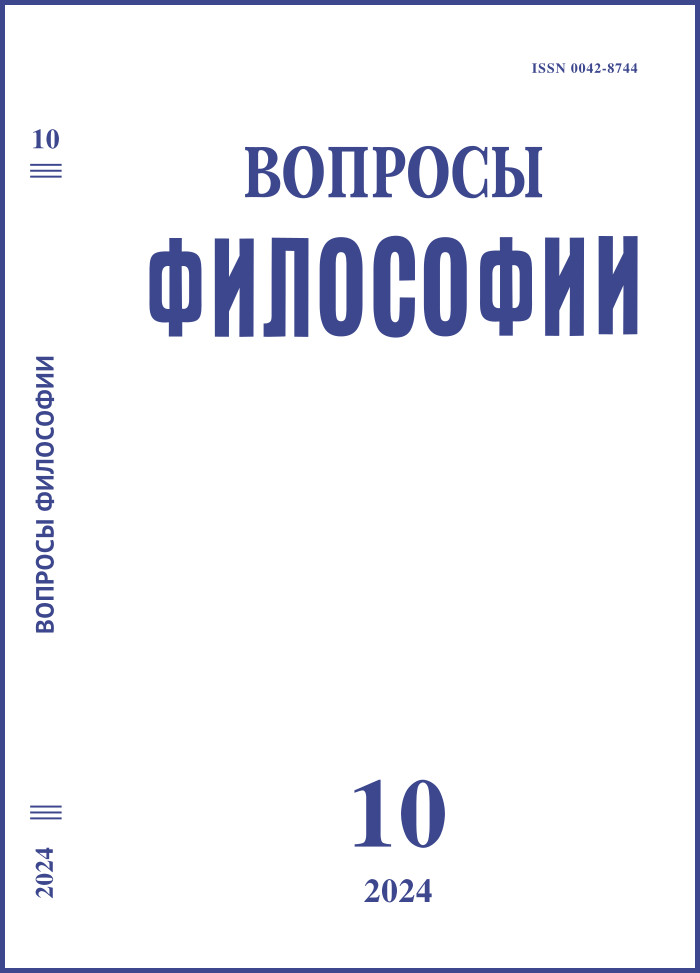The Image of the Monk Zōga in Medieval Sources: Heian Era. Ōe no Masafusa, Zoku honchō ojōden. 12. Zōga, Trans. by Anastasia A. Petrova Ōe no Masafusa, Zoku honchō ojōden. 12. Zōga, Trans. by Anastasia A. Petrova
DOI:
https://doi.org/10.21146/0042-8744-2024-10-143-153Keywords:
religions of Japan, Buddhism in Japan, Tendai, Zōga, setsuwa, Zoku honchō ojōden, ImakagamiAbstract
In the Heian era, a literary tradition of stories about the holy ascetic Zōga, a very popular hero of setsuwa tales, was being formed. The biographies of this monk are presented in several setsuwa collections of the 11th – 12th centuries, such as “Records of the miracles performed by the Lotus Sutra in the great country of Japan” (Hokke genki), “Records and Reflections” (Gōdanshō) and “Continuation of the legends of our country about the revival” (Zoku honchō ōjōden) by Ōe no Masafusa, “Collection of ancient stories” (Konjaku monogatari-shū), “The present mirror” (Imakagami). Each of these works presents its own, original image of Zōga; the details of the biography and rationale for the hero’s actions differ quite significantly. It can be said that in the formation of the tradition of legends about Zōga, essentially three different concepts compete: the image of a holy hermit, whose main feature is the accumulation of merit through asceticism in solitude; the image of a madman and a man “not of this world”; the image of an eccentric and stern, but wise and knowledgeable teacher

